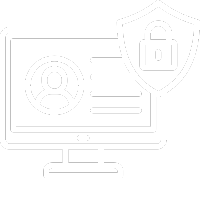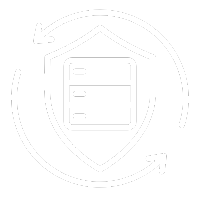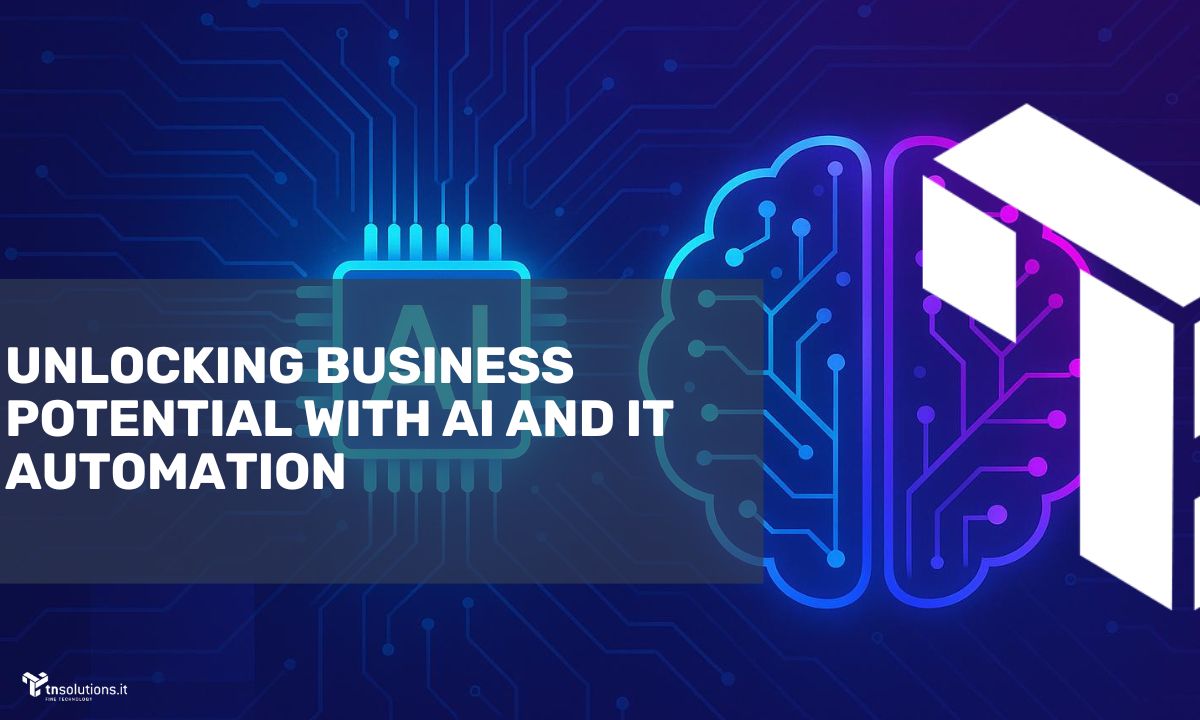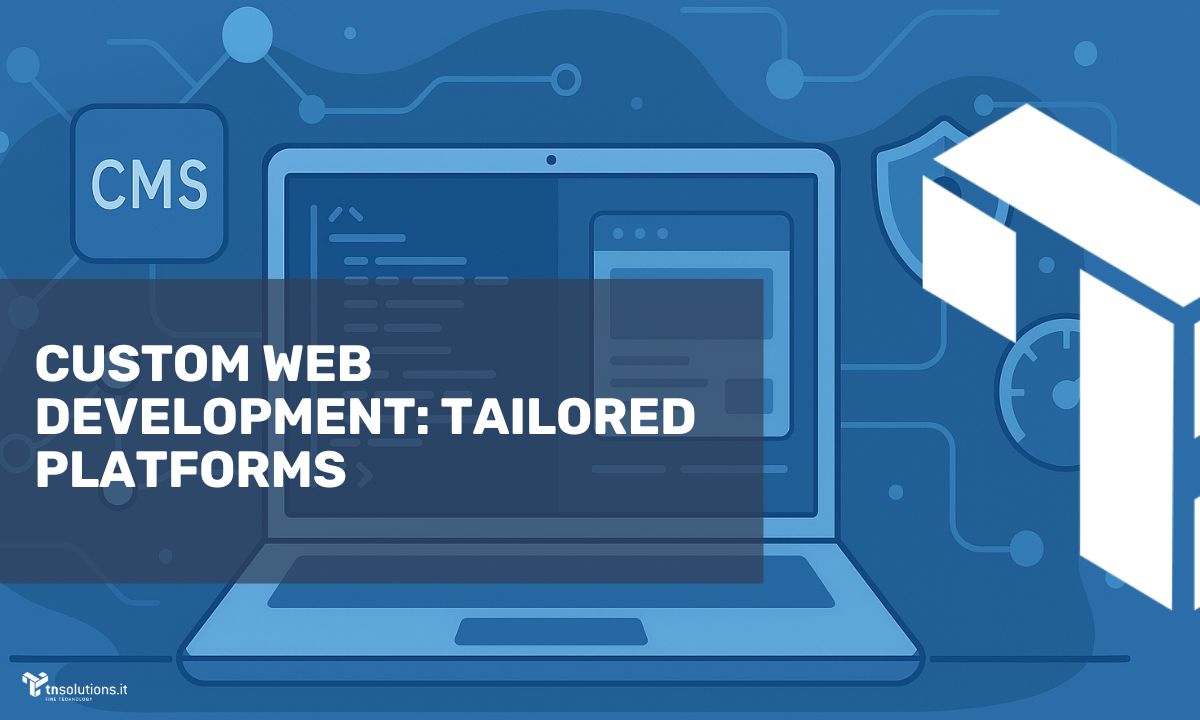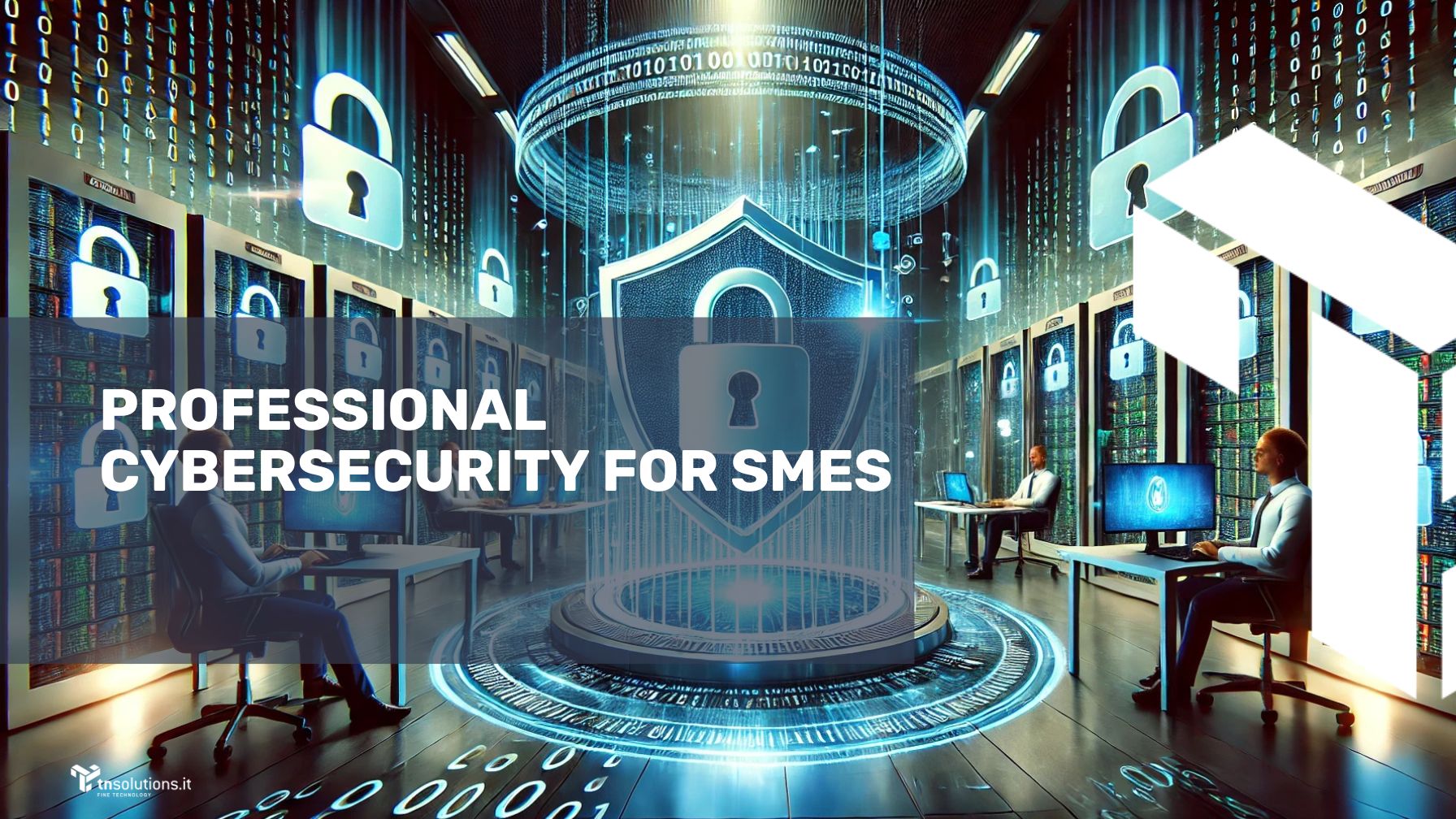
- Introduction
- Who is at Risk? Cybersecurity Concerns for Everyone
- Why Protecting Business Data is Crucial
- The Ransomware Threat
- When to Act? Prevention is Better Than Cure
- Preventive Solutions
- Where Are the Weak Spots? Analyzing Vulnerabilities
- The Role of Security Audits
- How to Protect Business Data?
- Conclusion
Introduction
Imagine arriving at your office to find your critical business data compromised by a cyberattack. Unfortunately, this is not just a nightmare scenario—it’s a daily reality for thousands of companies worldwide. Beyond financial loss, such attacks damage customer trust, disrupt business operations, and threaten an organization’s very survival.
With global cybercrime costs projected to exceed $10.5 trillion by 2025, having a robust cybersecurity strategy is no longer optional but essential. This guide will help you safeguard your business by identifying risks and implementing effective security measures.
Who is at Risk? Cybersecurity Concerns for Everyone
SMEs: A Vulnerable Target
Small and medium-sized enterprises (SMEs) often underestimate the risk of cyberattacks, assuming they are not attractive targets. However, 43% of cyberattacks target SMEs, as they often lack the resources or expertise to secure their systems.
Example:
A travel SME recently fell victim to ransomware, losing access to its customer database. Without secure backups, the company was forced to halt operations for weeks, suffering significant financial and reputational damage.
Large Enterprises: High-Value Prizes for Hackers
Even large organizations with advanced systems are not immune to attacks. Hackers see them as high-value targets due to the wealth of sensitive data they hold.
Example:
In 2021, a cyberattack on a major food distribution company disrupted the supply chain, causing losses in the millions.
Why Protecting Business Data is Crucial
Consequences of a Cyberattack:
- Direct Financial Loss: Costs include ransomware payments, system recovery, and operational downtime.
- Reputation Damage: Breaches erode customer trust and can result in client attrition.
- Legal Implications: Non-compliance with regulations like GDPR can lead to hefty fines and lawsuits.
The Ransomware Threat

Ransomware, which locks access to company data until a ransom is paid, poses a significant risk. Paying the ransom is risky as it doesn’t guarantee data recovery and often leads to repeated attacks.
Example:
A manufacturing firm paid €50,000 to recover its data but faced a second attack months later due to unaddressed vulnerabilities.
When to Act? Prevention is Better Than Cure
The Importance of Prevention
The best time to act is now. Delaying a cybersecurity strategy increases the risk of attacks. Prevention is cost-effective, saving time and money in the long run.
Preventive Solutions
- Regular Backups: Store secure backups in multiple locations, including encrypted cloud storage.
- Real-Time Monitoring: Use tools to detect suspicious activities and respond promptly.
- Multi-Factor Authentication (MFA): Strengthen account security with multiple authentication layers.
Where Are the Weak Spots? Analyzing Vulnerabilities
Common Weak Points:
- Cloud Configurations: Improperly configured cloud services are primary targets.
- Outdated Systems: Legacy software often lacks critical security updates.
- Mobile Devices: Remote work introduces vulnerabilities through personal devices.
The Role of Security Audits
Regular audits help identify and fix vulnerabilities, ensuring your systems remain secure.
How to Protect Business Data?
Integrated Cybersecurity Approach
- Advanced Firewalls: Set up custom rules to block suspicious traffic.
- Up-to-Date Antivirus Software: Detect and neutralize emerging threats.
- Data Encryption: Ensure sensitive data is accessible only to authorized personnel.
- Employee Training: Educate staff about phishing and other common threats.
- Secure Backups: Keep reliable backups for quick recovery after incidents.
Real-Life Example:
A pharmaceutical company implemented firewalls, encryption, and ongoing staff training. When targeted, the company successfully blocked the intrusion and restored operations using secure backups.
FAQ: Frequently Asked Questions

- What is ransomware, and how can I protect my business?
Ransomware is malware that locks access to your data until a ransom is paid. Protection includes secure backups, regular updates, and robust antivirus software. - Are firewalls still effective in 2024?
Yes. Modern firewalls are critical for protecting networks by blocking unauthorized traffic and reducing intrusion risks. - What are the benefits of data encryption?
Encryption ensures sensitive data remains secure, even during transfer or in the event of unauthorized access. - Why is employee training crucial for cybersecurity?
Human error is a leading cause of breaches. Training helps employees identify phishing attempts and adopt safe online practices. - How much does implementing a cybersecurity strategy cost?
Costs vary by company size and complexity, but prevention is always more affordable than recovery after an attack.
Conclusion
Proactive cybersecurity is no longer optional; it’s a must for every modern business. Start today by building a solid system to protect your data, customers, and future.
Don’t wait until it’s too late. Invest in cybersecurity now to secure your business tomorrow.


